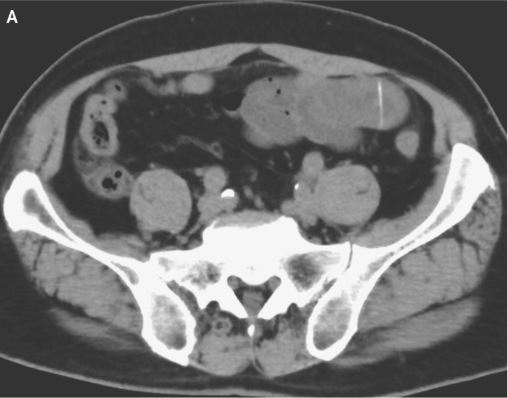When you purchase through links on our site , we may earn an affiliate mission . Here ’s how it works .
Beached giant
A strandedMola tectaat Birdlings Flat near Christchurch , New Zealand . This stranding in May 2014 was one of the first confirm sightings of a new species of sunfish — Mola tecta . Researchers suspected a new Pisces was hiding somewhere in the southerly oceans . In 2009 , transmitted research on sunfish hide samples revealed sequence that seemed unique to a never - before - discovered metal money . But no one recognise what this secret giant might appear like , until a series of strandings in New Zealand .
[ Read the full tarradiddle on the sunfish discovery ]
Big fish
sea sunfish are the big bony fish in the world . They can weigh up to 2,205 Syrian pound ( 1,000 kilo ) and measure more than 8 foot ( 2.5 meters ) in length . Despite the sunfish ’s gigantic size , a new coinage was hiding in plain sight for tenner . Researchers late used genetics to prove the existence of this new species , Mola tecta . " Tecta " comes from the Latin for " hide out , " and the fish ’s common name is the hoodwinker sunfish . This exemplification depict the proportional size of a human diver and a 7.9 - foot ( 2.4 thousand ) longM. tecta .
Dissecting a new species
Marianne Nyegaard dissects a sunfish that washed ashore to the south of Christchurch , New Zealand in May 2014 . The Pisces the Fishes would examine to be a new mintage , Mola tecta . adult of this species can be differentiated from otherMolaspecies by the very distinct ribbon of crinkly peel separating their soundbox and their clavus , or tail . Mola tectaalso has a rounded profile , unlike some other species which feature prominent schnozzle .
Sunfish in the shadows
A beach centrarchid in the shallows of Otago Harbor in New Zealand . ThisMola tectameasured 6.9 feet ( 2.1 meters ) in distance . Researchers also hound through old museum specimen and asked fishermen to take peel sample from sunfish accidentally caught on their line . They discovered thatMola tectacan be observe off Australia , New Zealand , South Africa and belike Chile . The species seems to cruise much of the temperate ocean in the Southern Hemisphere .
Chile Mola tecta
This video still from a nose dive in Chile ’s Reserva Marina Isla Chañaral read a live hoodwinker ocean sunfish ( Mola tecta ) . These Pisces maintain their awesome bulk by run through vast amount of money of Portuguese man-of-war . Females can release up to 300 million eggs into the body of water when it ’s metre to reproduce ; male person fecundate the nut externally .
Fishing trophy
Andrew Stewart , Esturo Sawai and Marianne Nyegaard measure the type specimen ofMola tectaat the Wellington Museum Te Papa Tongarewa in New Zealand in May 2016 . A holotype is the undivided specimen scientist use to officially describe a newfangled metal money ' anatomy .
Growth spurt
Another species of ocean sunfish , Mola molais considered " vulnerable " to extinction by the International Union for Conservation of Nature ( IUCN ) . These sunfish are boob - size when they ’re born , fit in toThe Nature Conservancy . But they manifestly grow tight , with oneMola molagrowing a hefty 822 pounds ( 373 kg ) in just 15 month at the Monterey Bay Aquarium , The Nature Conservancy reported .
























